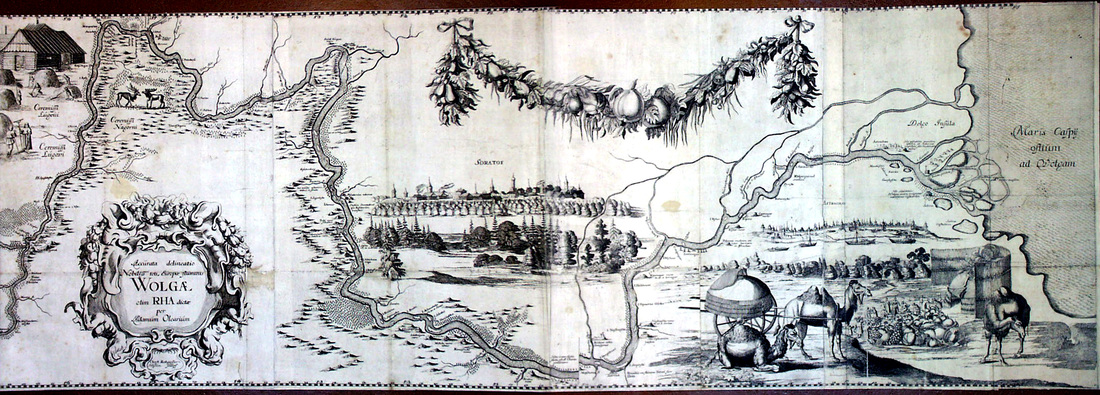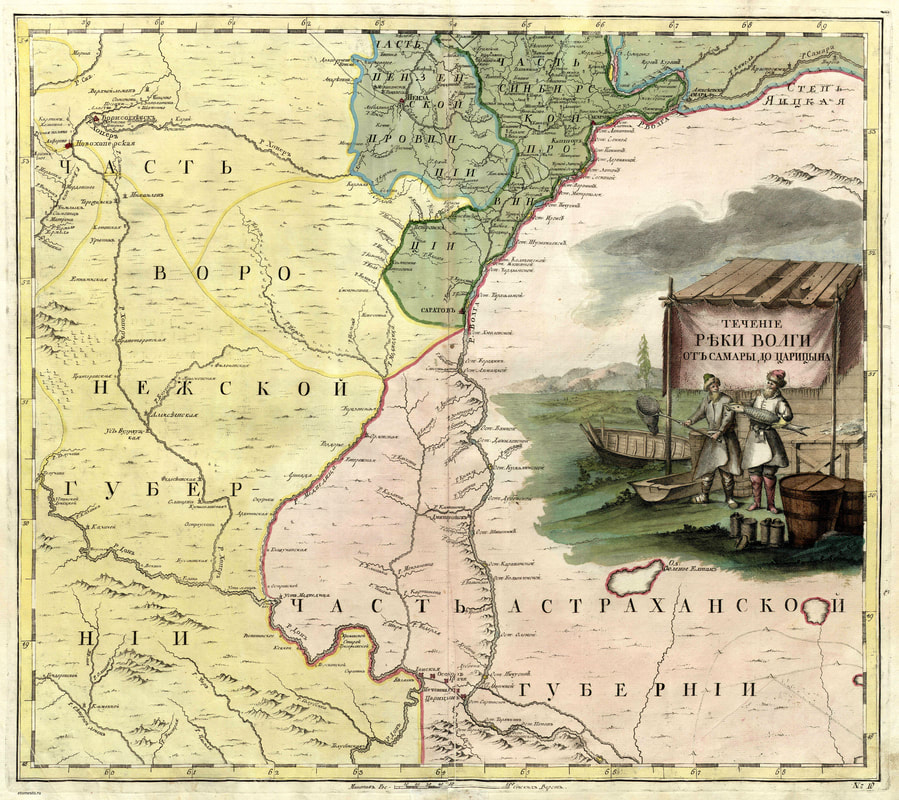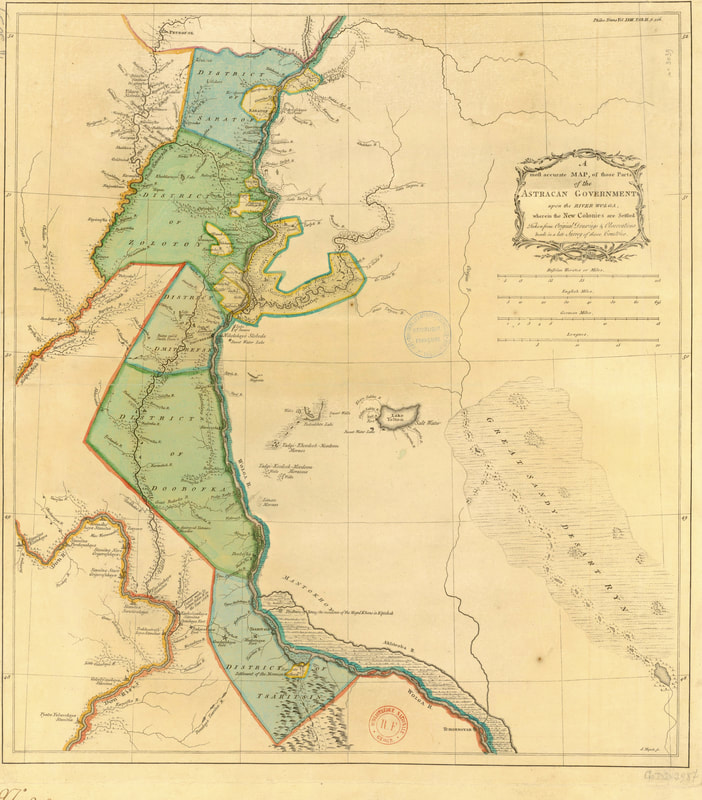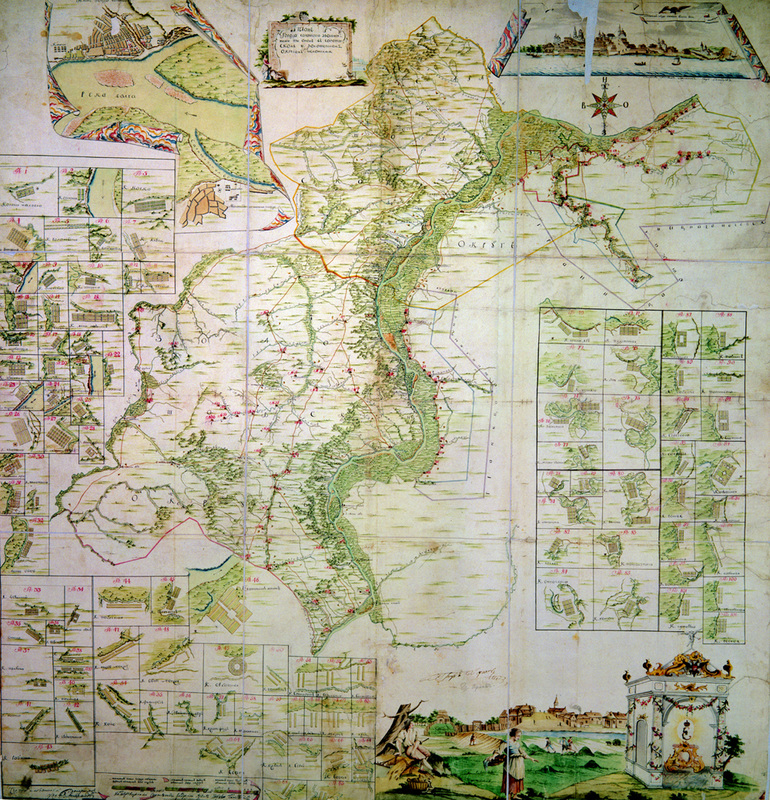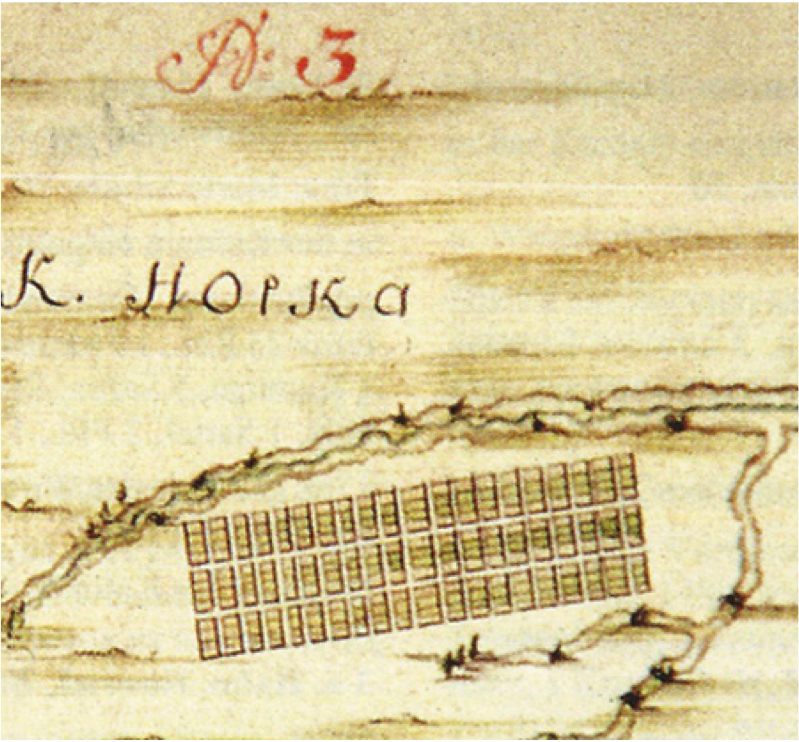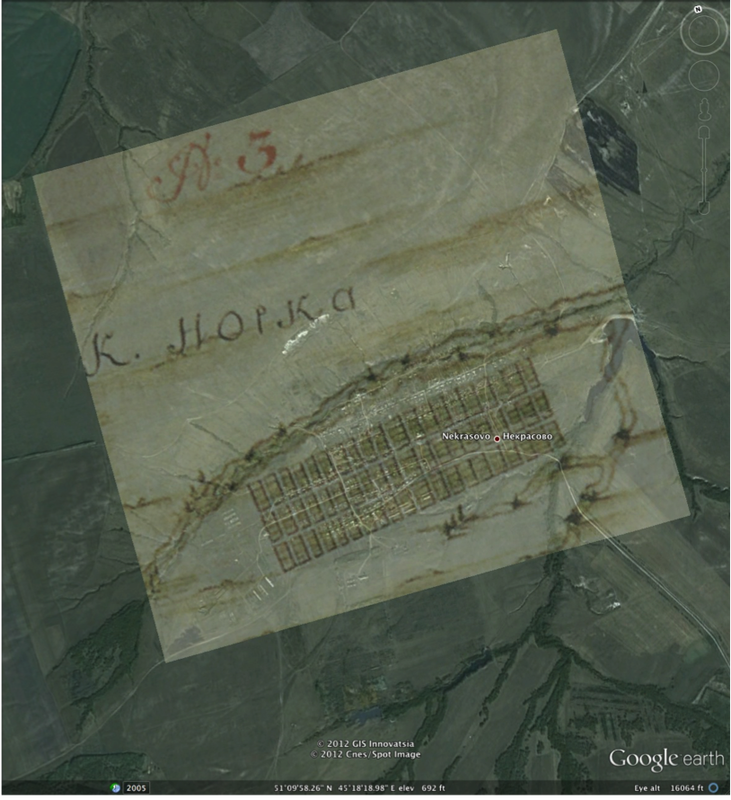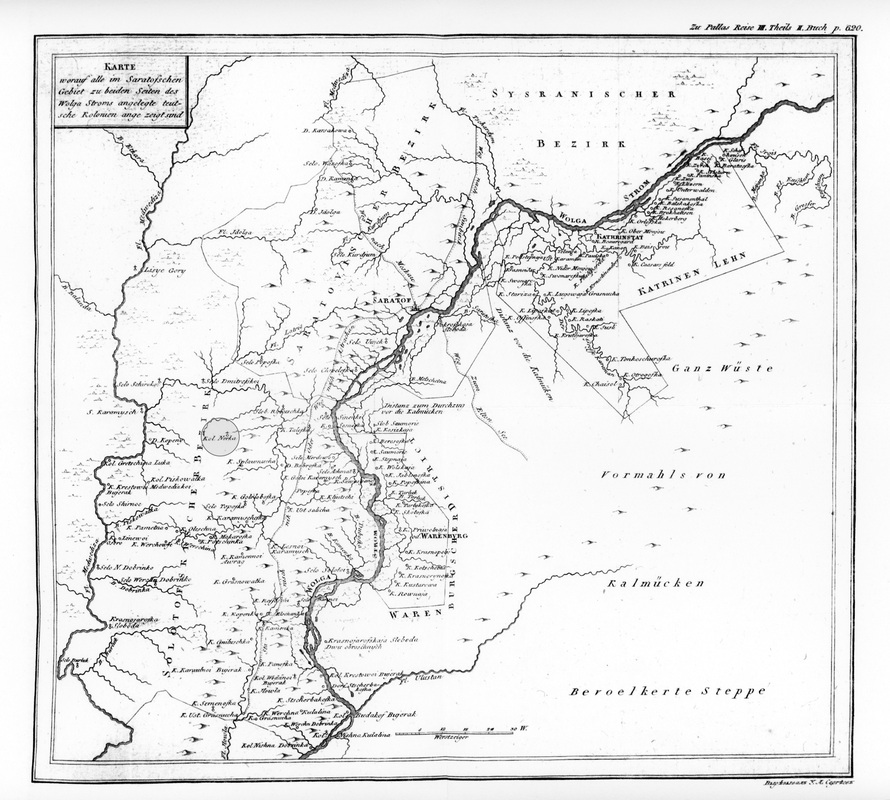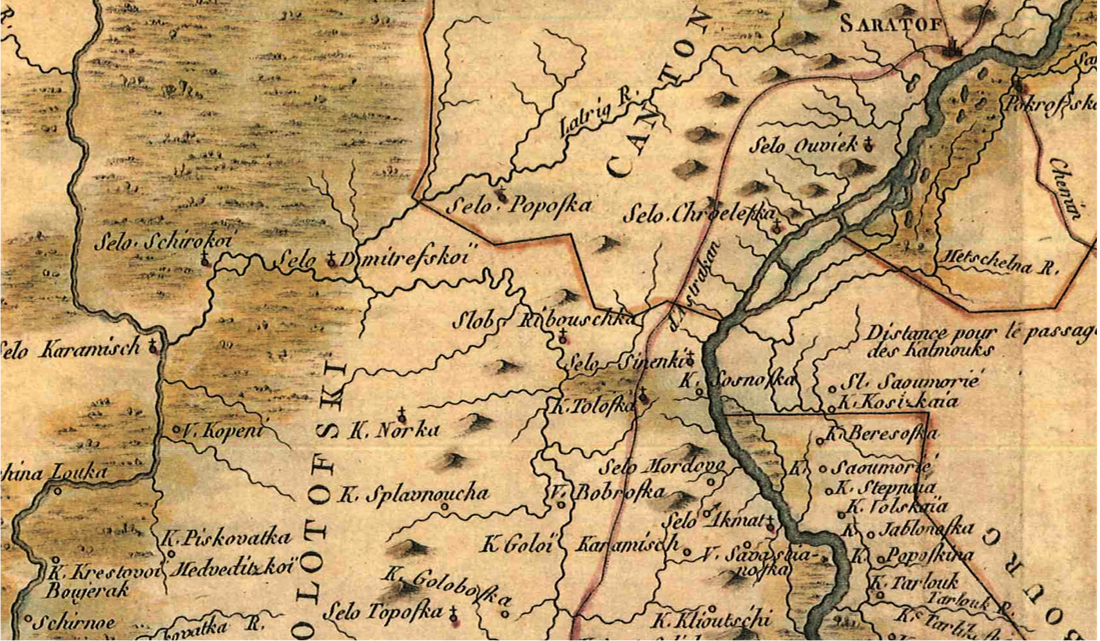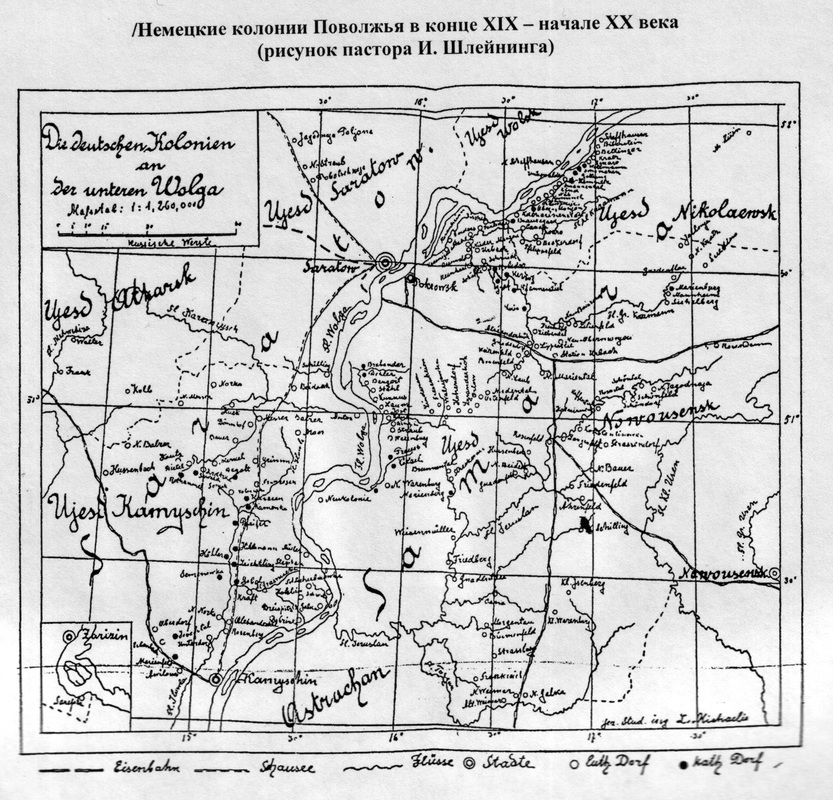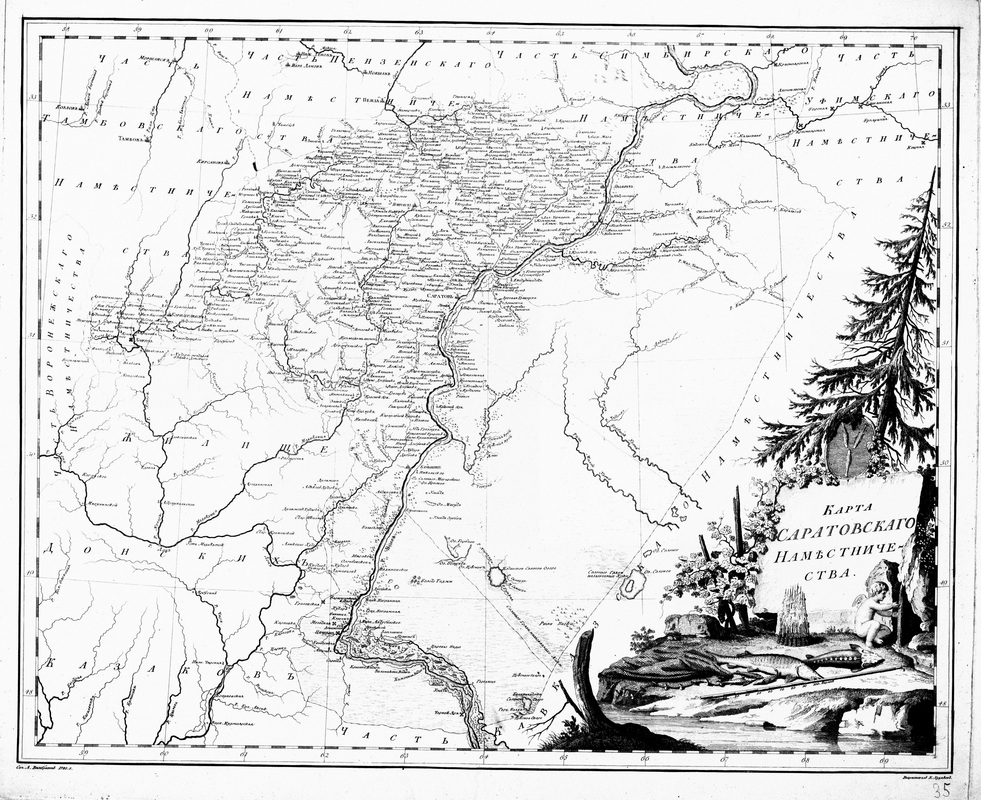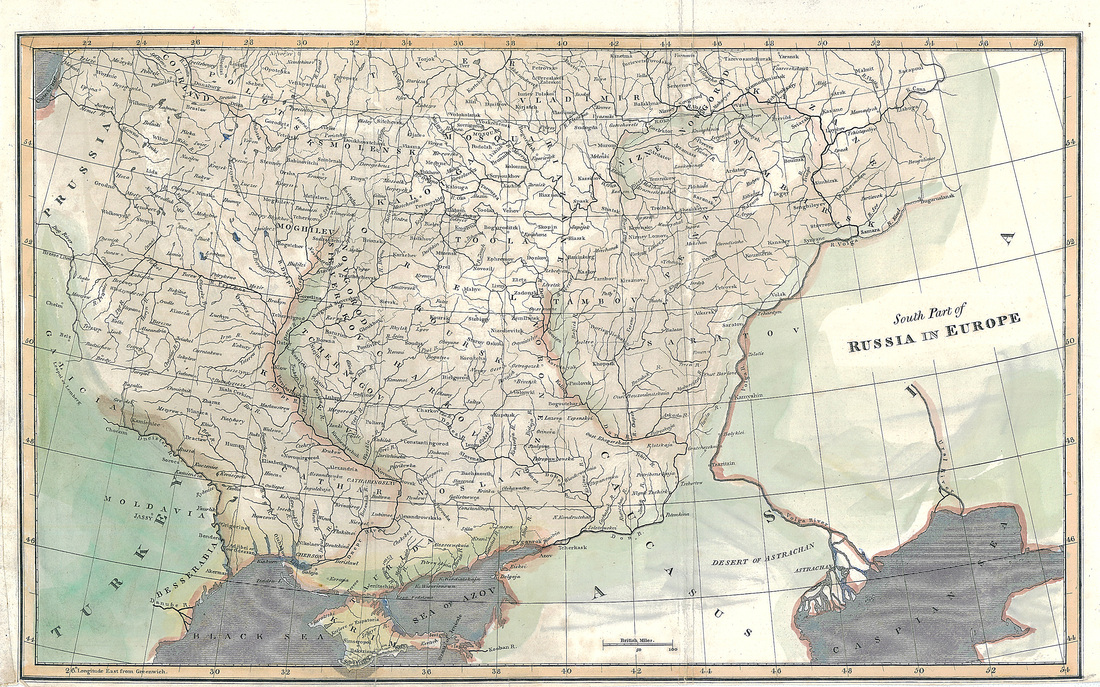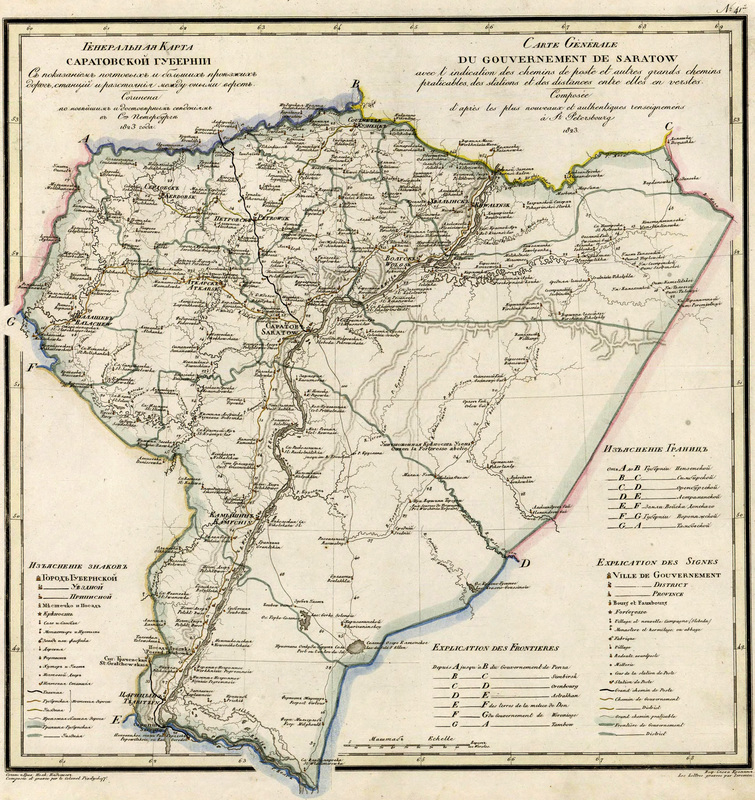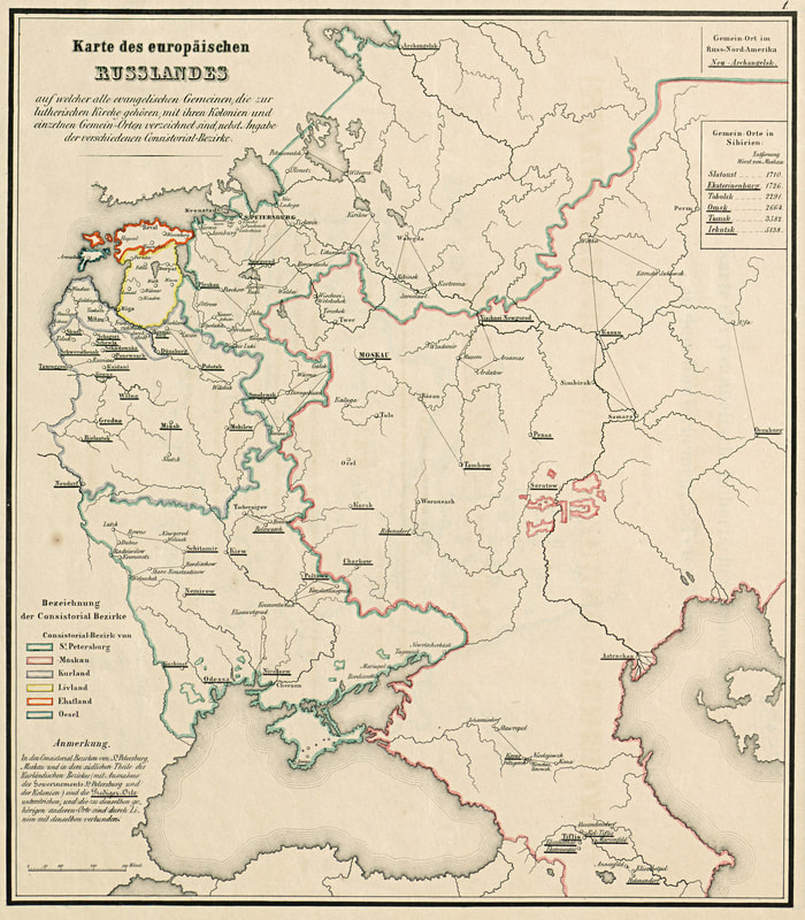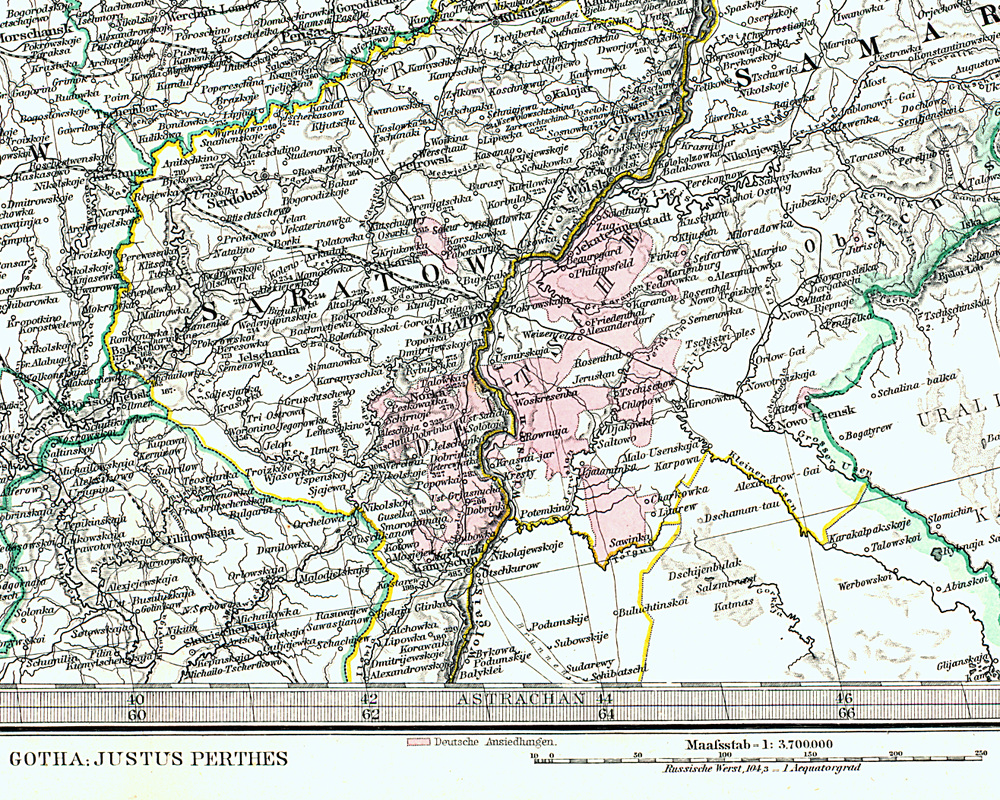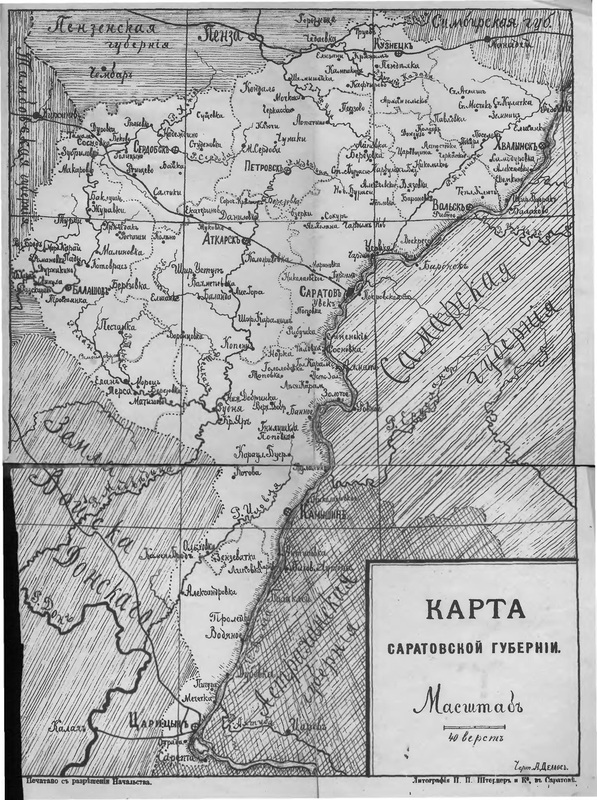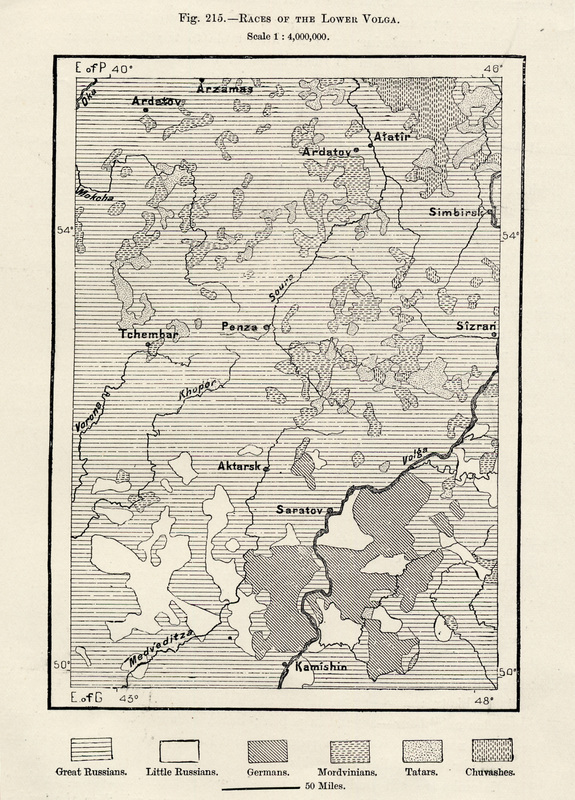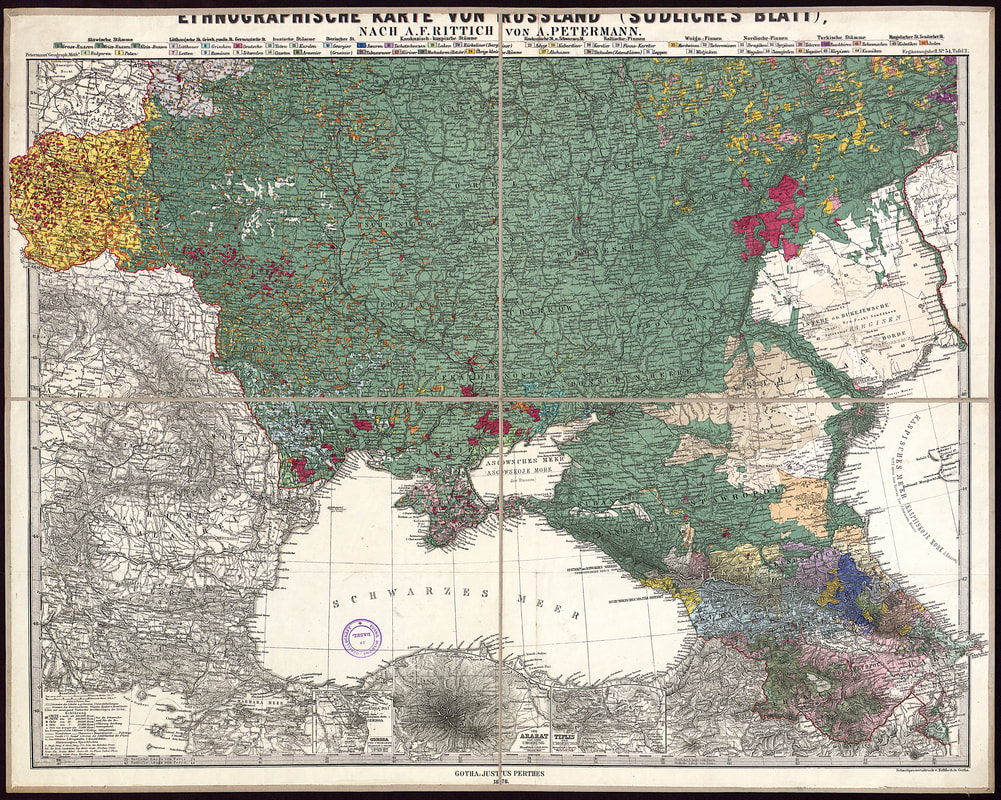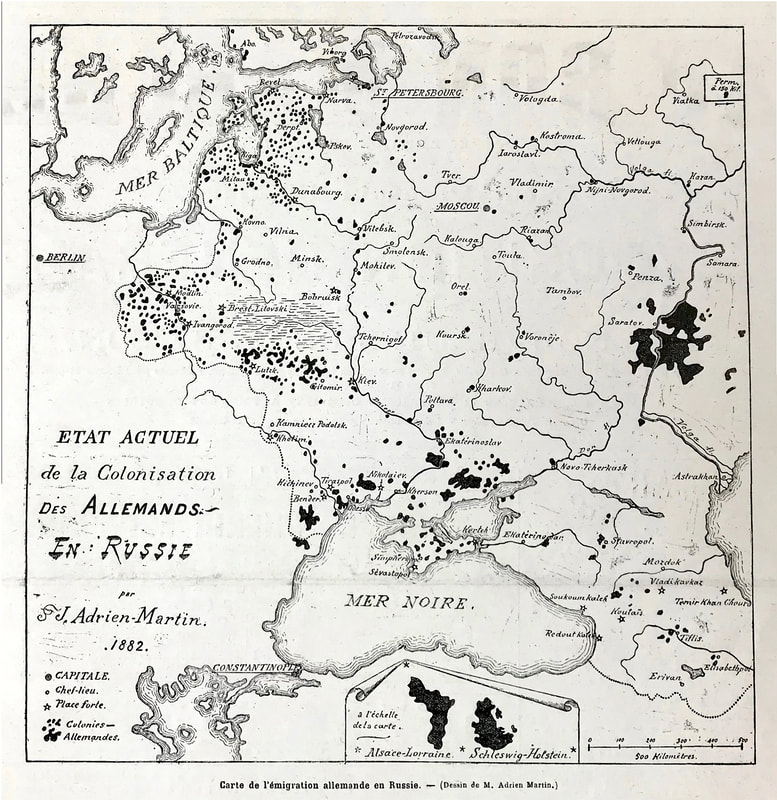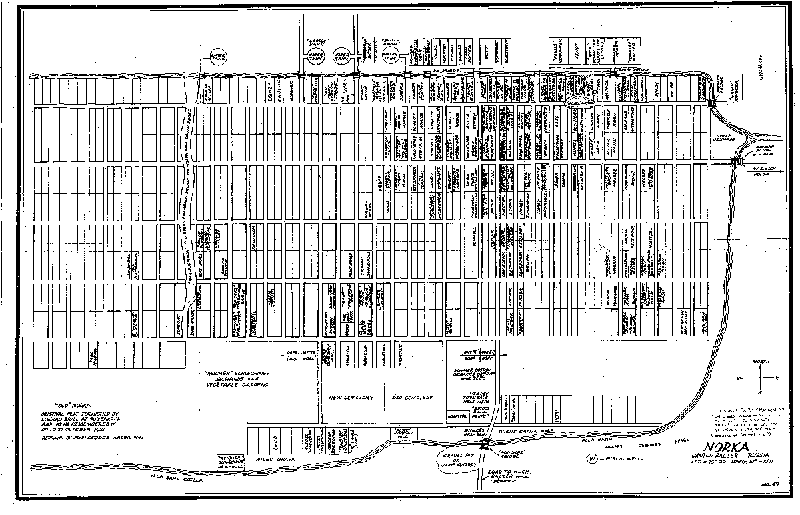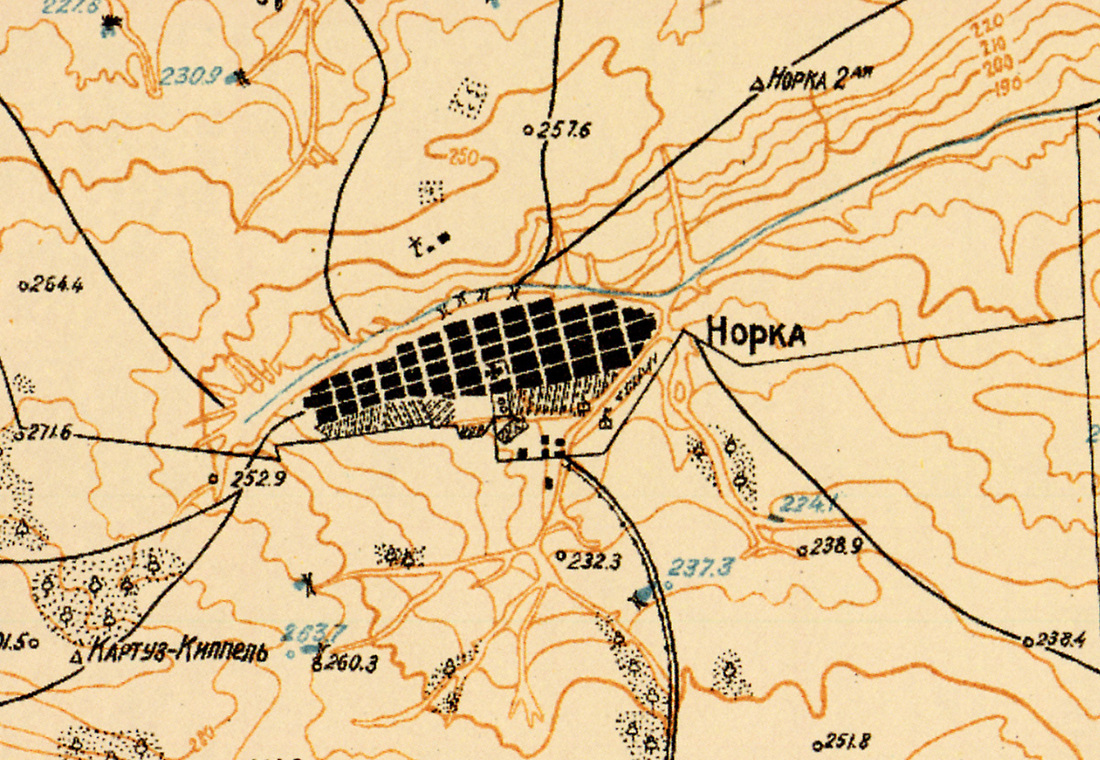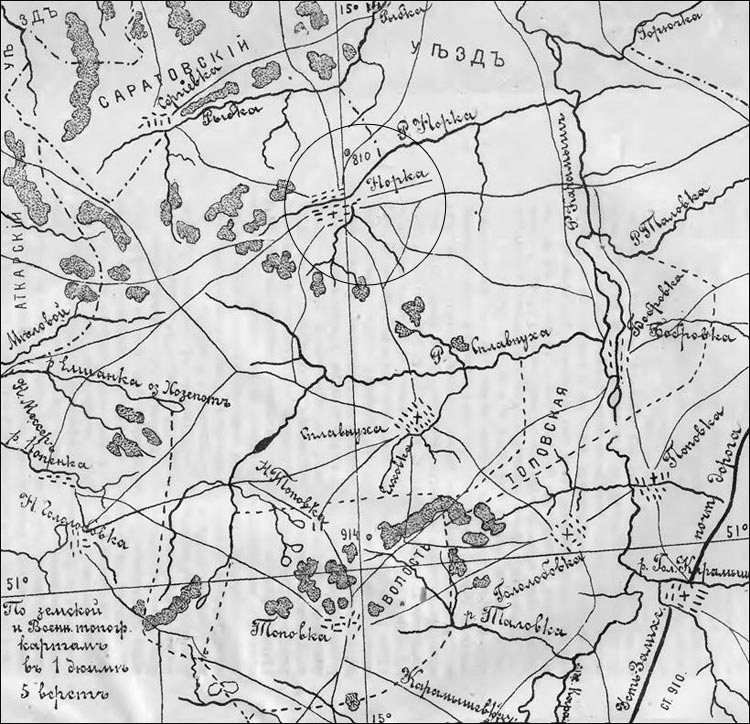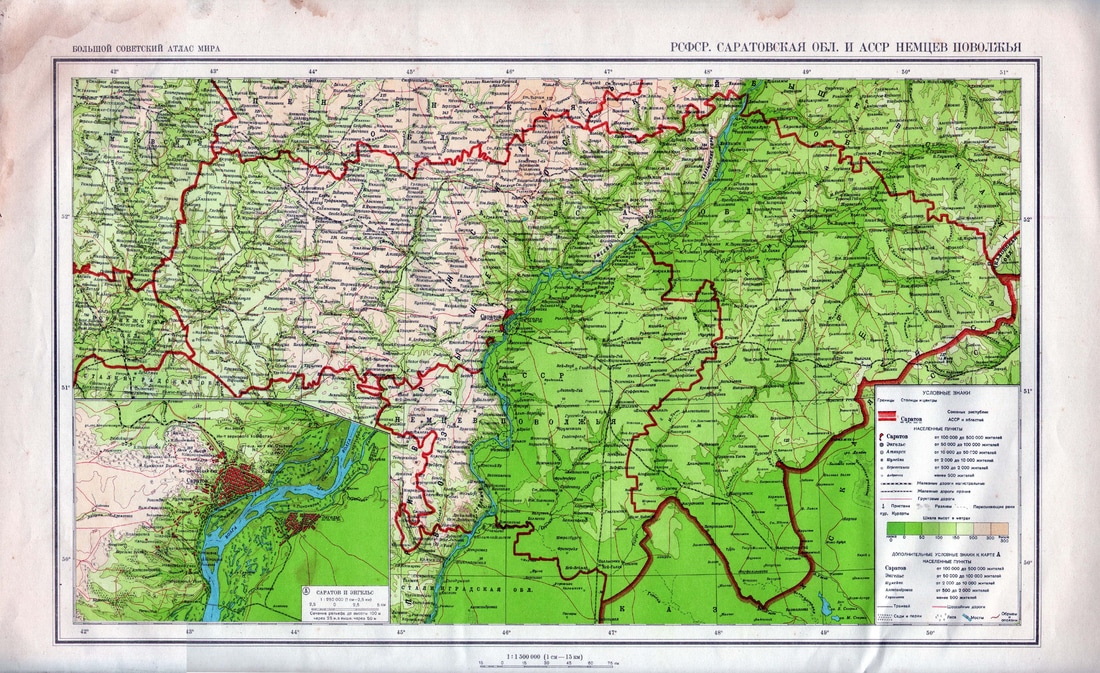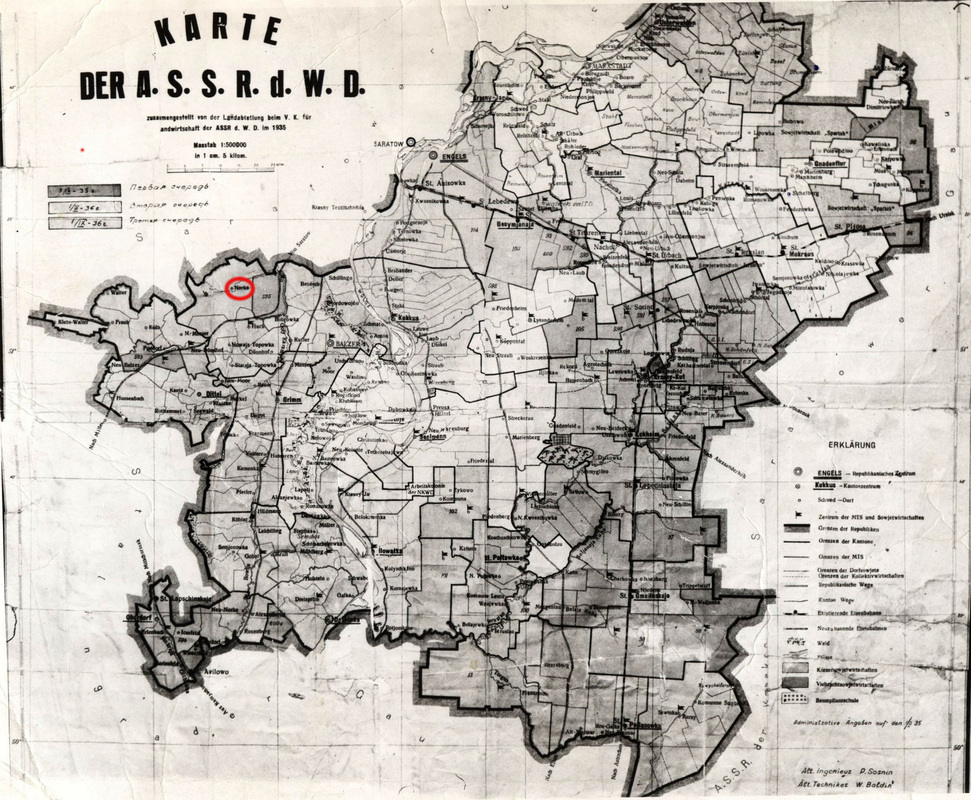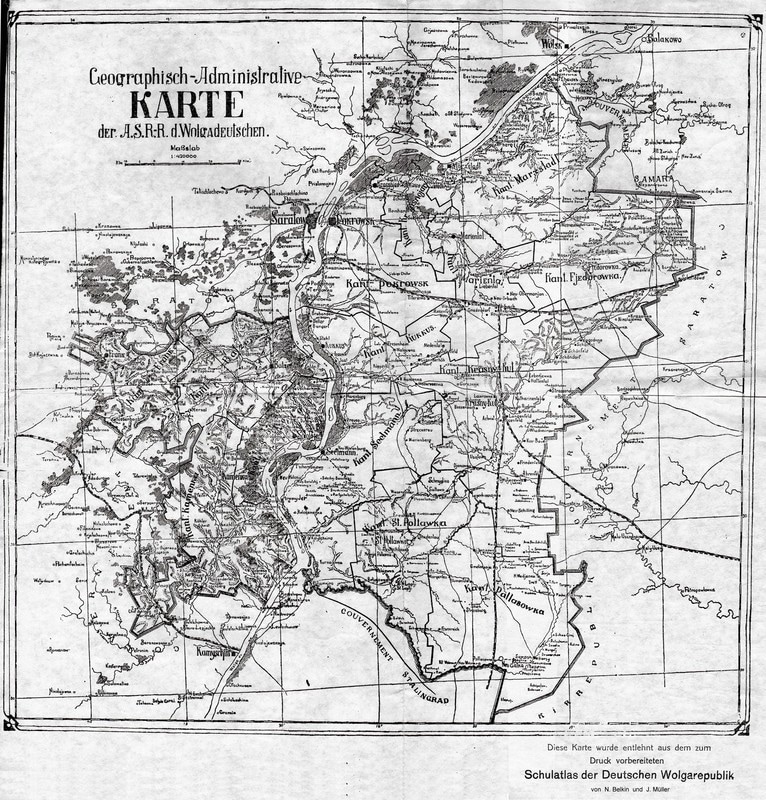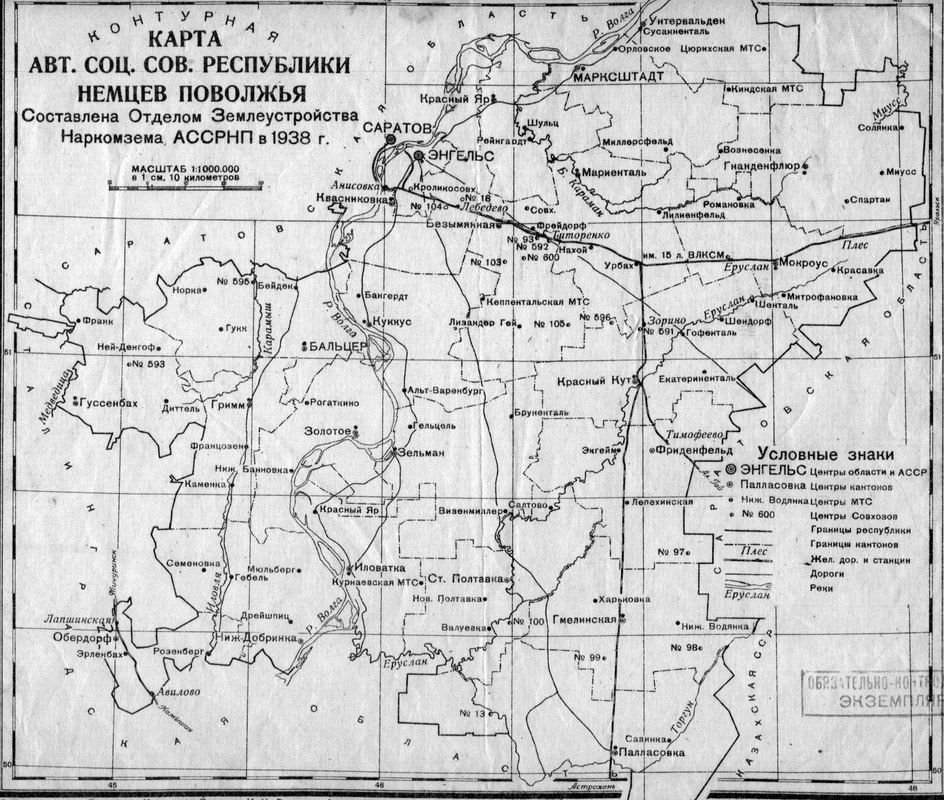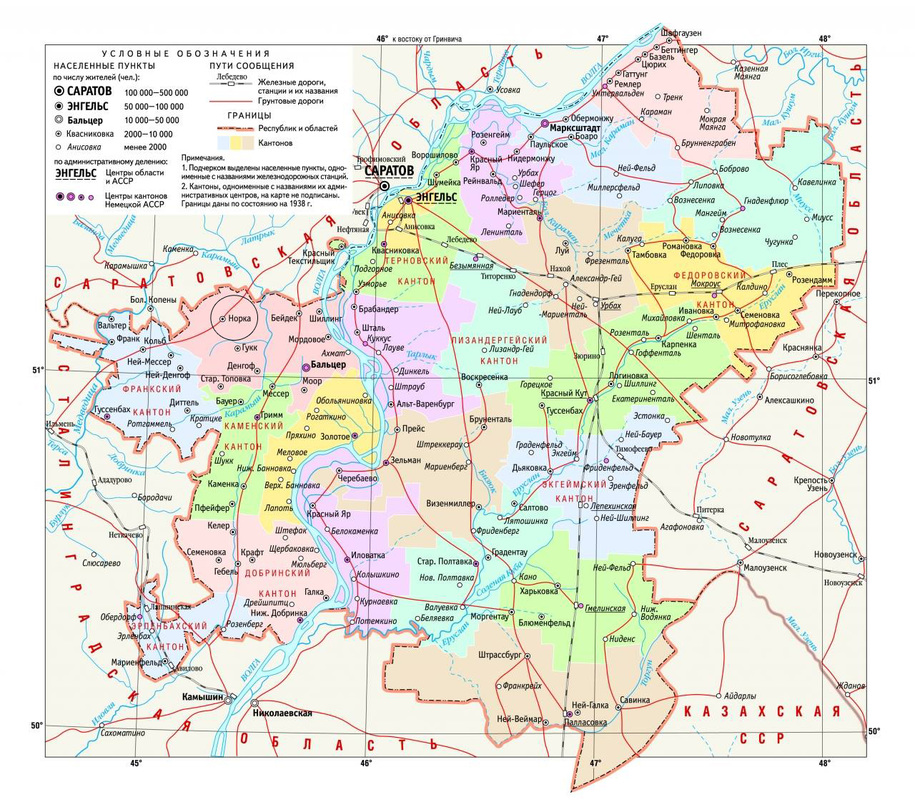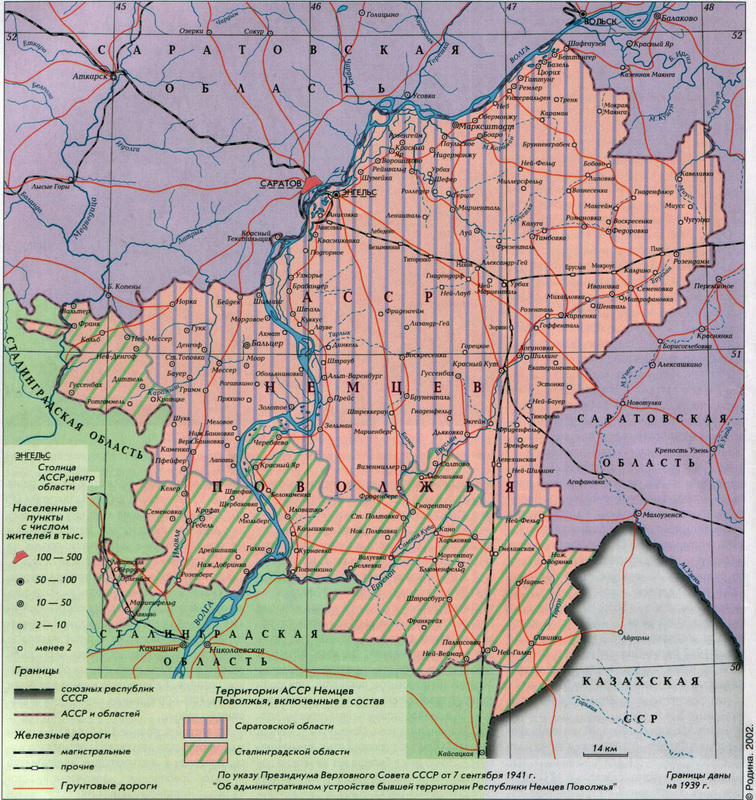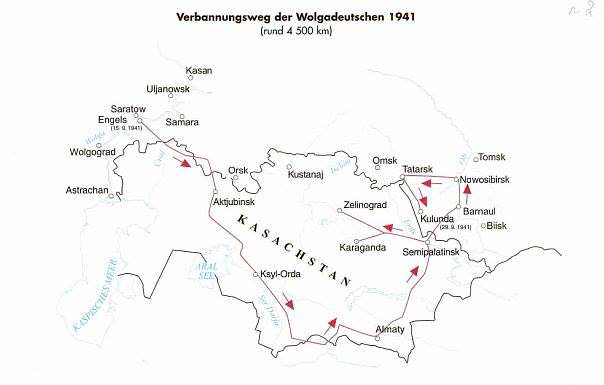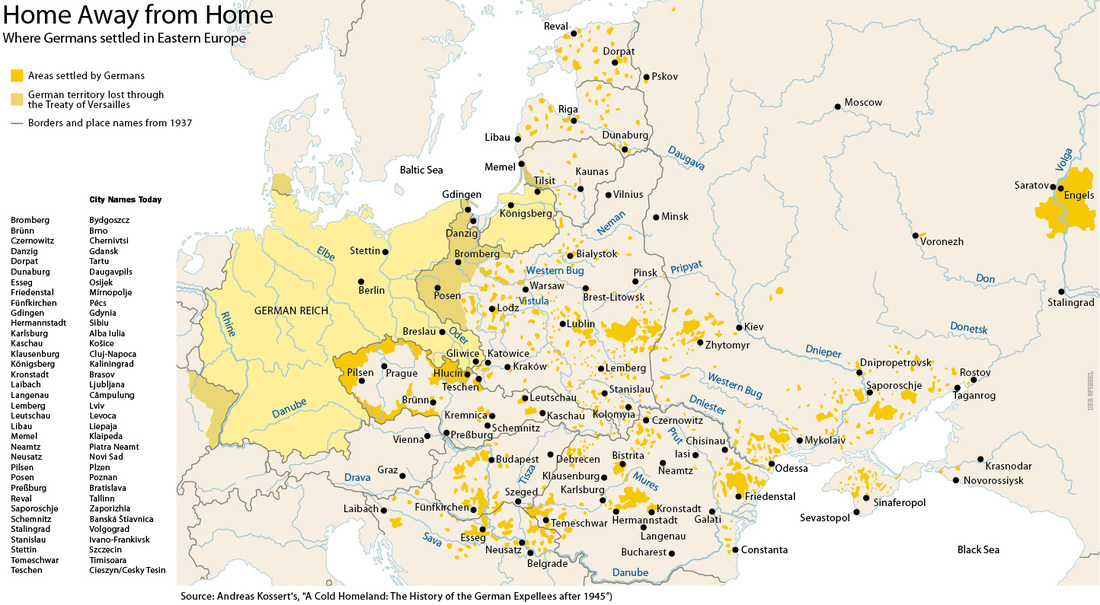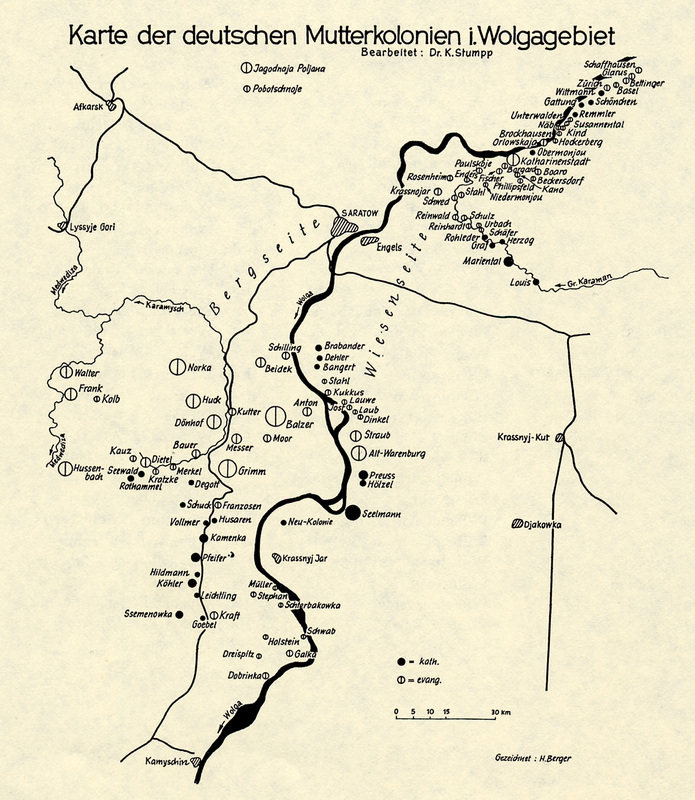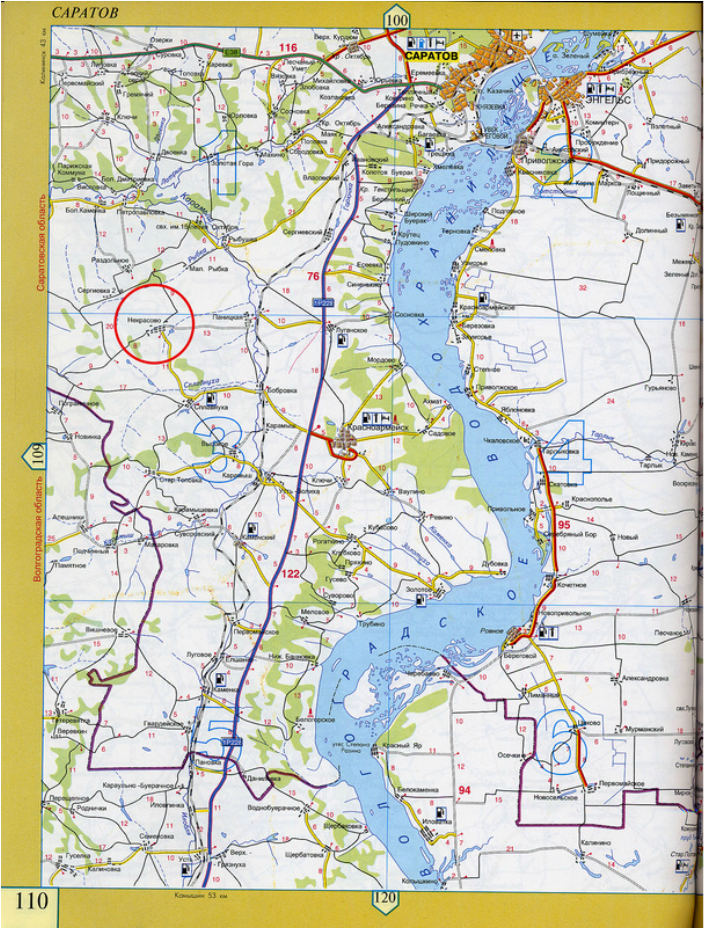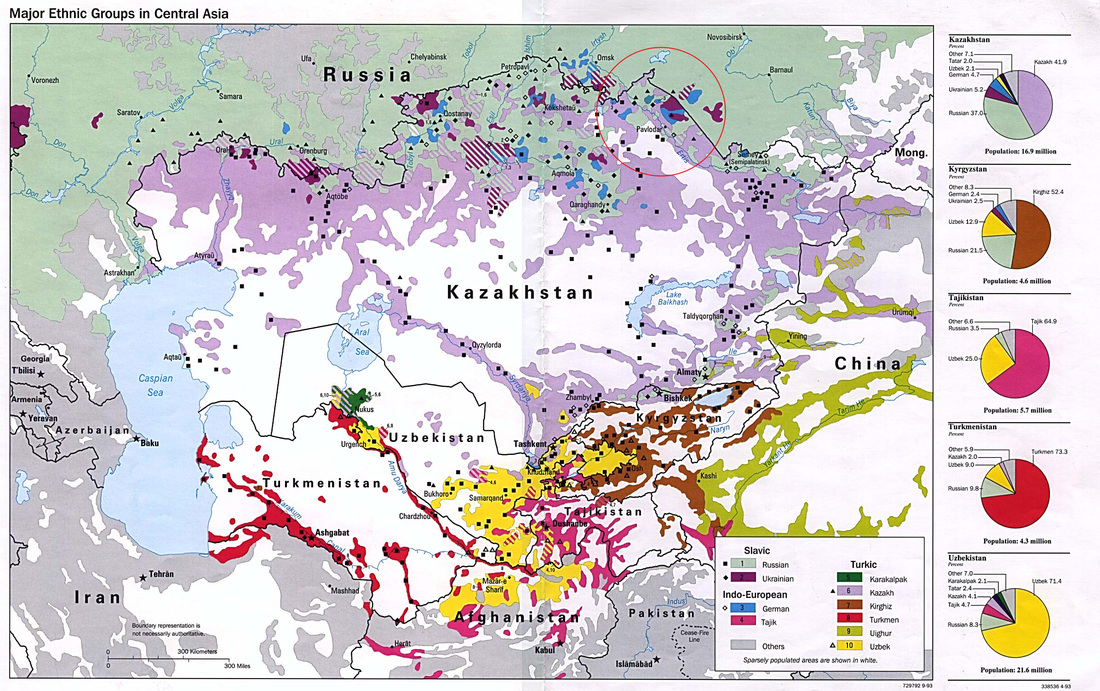Resources > Maps
Maps
The colony of Norka (Russian = Норка) was documented on several maps beginning in the 1760s. The village is known as Nekrasovo today.
Current map of Norka (now Nekrasovo, Saratovskaya oblast, Russia) from Google Maps.
Current map of Norka (now Nekrasovo, Saratovskaya oblast, Russia) from the Russian Yandex Maps. This maps shows current street and geographic names.
A searchable Google Map showing all of the Volga German colonies.
A searchable Google Map showing German Settlements by the year founded.

Map showing the area around the frontier town of Saratov in 1745, prior to the settlement of the Volga Germans beginning in 1764. No settlements are shown in the area where Norka was established in August 1767. Source: "Delineatio Fluvii Volgae a Samara usque ad Tsaricin" from the David Rumsey Historical Map Collection.
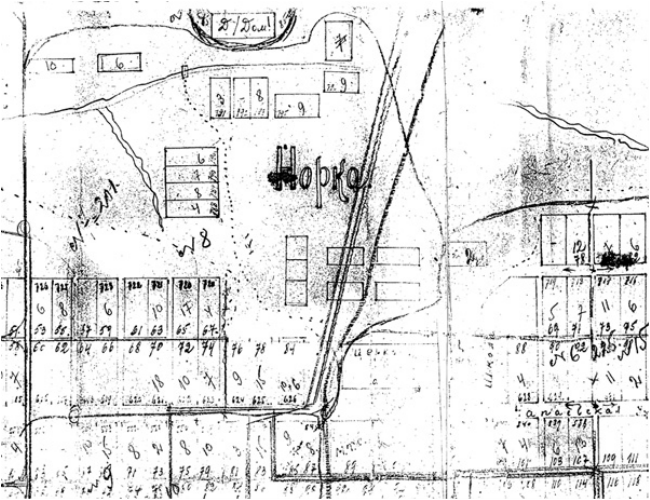
This 1936 map of Norka (Russian spelling = Hopka) was obtained by Alexander Schreiber of Moscow, Russia. According to native Norkan, Konrad Urbach, until the late 1930's there were no street names in Norka. All streets were numbered (such as street number 6, street number 7 and so on). On the plan above, the street numbers are visible as well as the number of houses on each (for example: N7=201). This map also shows the street names given in the Soviet era. Please note that North is at the bottom of this map, not the top.
The route traveled to Kazakhstan and Siberia during the deportation of ethnic Germans from Norka in 1941.
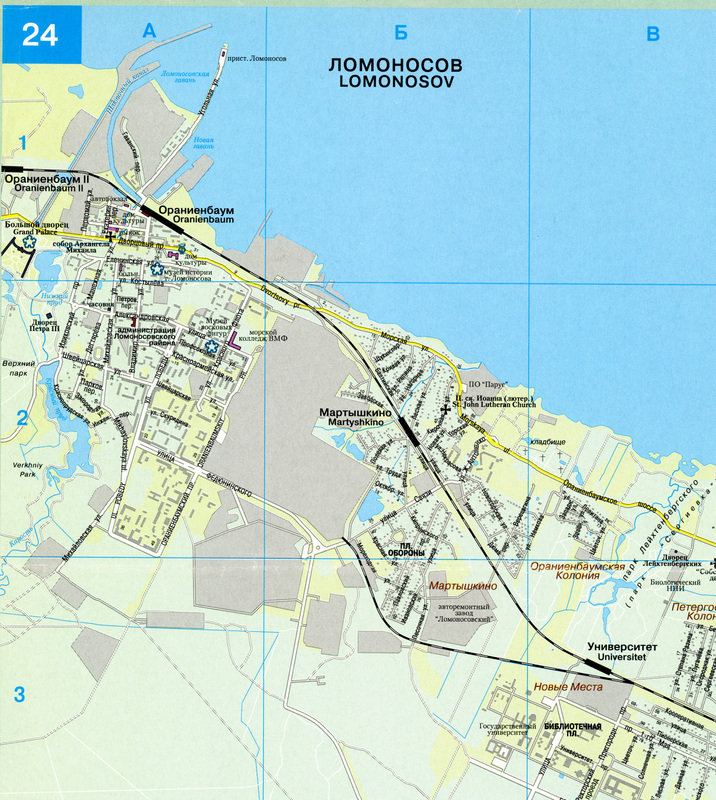
Map of Lomonosov (formerly Oranienbaum) showing the Grand Palace of Catherine II (section A-1). The canal which led from the Baltic Sea to the palace can be clearly seen although it no longer is open to the sea. The Volga German colonists arrived on the mainland through this canal after their initial landing at the island fortress of Kronstadt. Courtesy of Steve Schreiber (2006).
Last updated November 21, 2023
